The Viking Age is a period of history shrouded in mystery and legend, with much of what we know about it being based on artifacts that have been discovered over the years. Recently, a ground-penetrating radar analysis of a burial mound in Norway has revealed an amazing discovery: the remains of a ship burial.
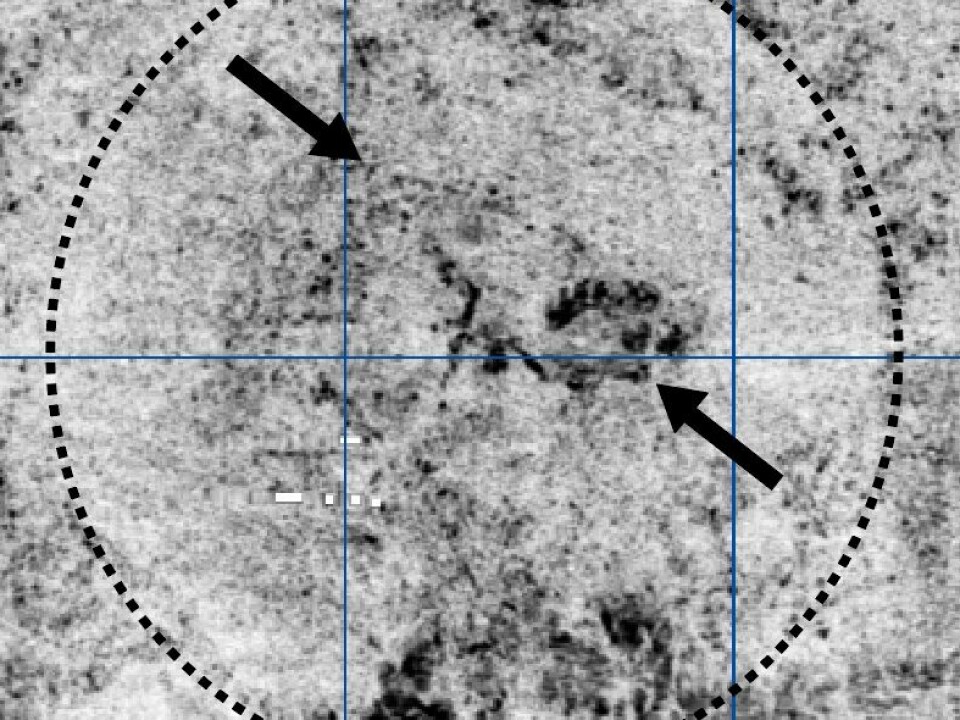
Archaeologists discovered the magnificent 20-meter-long Viking ship during excavations of the Salhushaugen gravemound in Karmøy in Western Norway. Initially, the mound was believed to be empty, but this groundbreaking discovery has changed everything. This exciting find sheds new light on Viking burials and their beliefs around the afterlife.
The mound was first investigated over a century ago by the archaeologist, Haakon Shetelig, however, excavations at the time showed no evidence to indicate that a ship was buried in situ. Shetelig had previously excavated a rich Viking ship grave just nearby, where Grønhaugskipet was found, as well as excavated the famous Oseberg ship – the world’s largest and most well-preserved surviving Viking ship – in 1904. At Salshaugen he only found 15 wooden spades and some arrowheads.
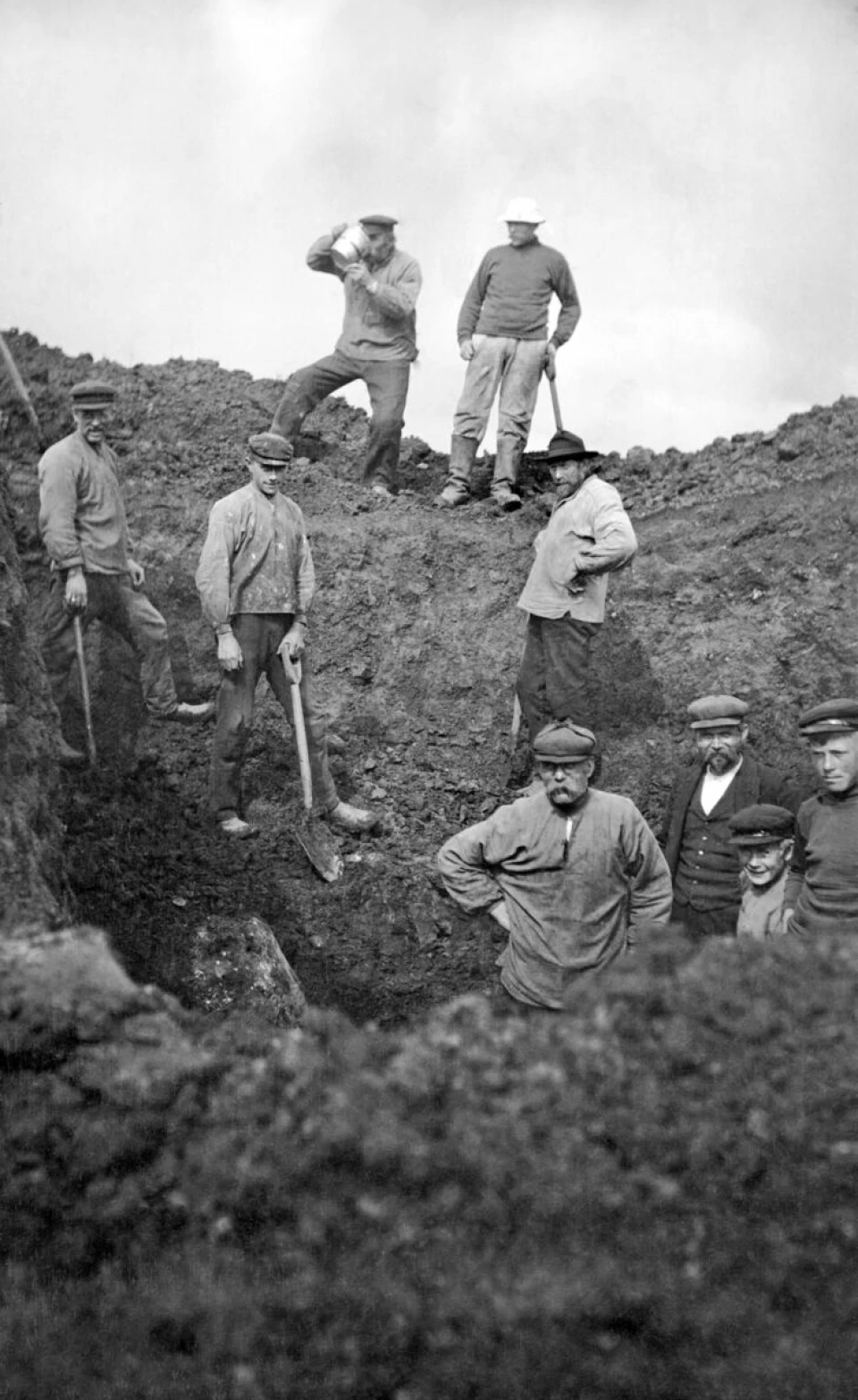
According to archaeologist Håkon Reiersen from the University of Stavanger’s Museum of Archaeology, Haakon Shetelig was greatly disappointed that the mound had not been investigated further. It turns out, however, that Shetelig simply did not dig deep enough.
Around a year prior, in June of 2022, archaeologists decided to search the area using ground-penetrating radar also known as georadar – a device that uses radio waves to map out what lies below the surface of the ground. And lo and behold – there was the outline of a Viking ship.
The archaeologists chose to keep their discovery confidential until they had completed their excavation and exploration and had more certainty about their findings. “The georadar signals clearly show the shape of a 20-meter-long ship. It’s quite wide and reminiscent of the Oseberg ship,” says Reiersen.
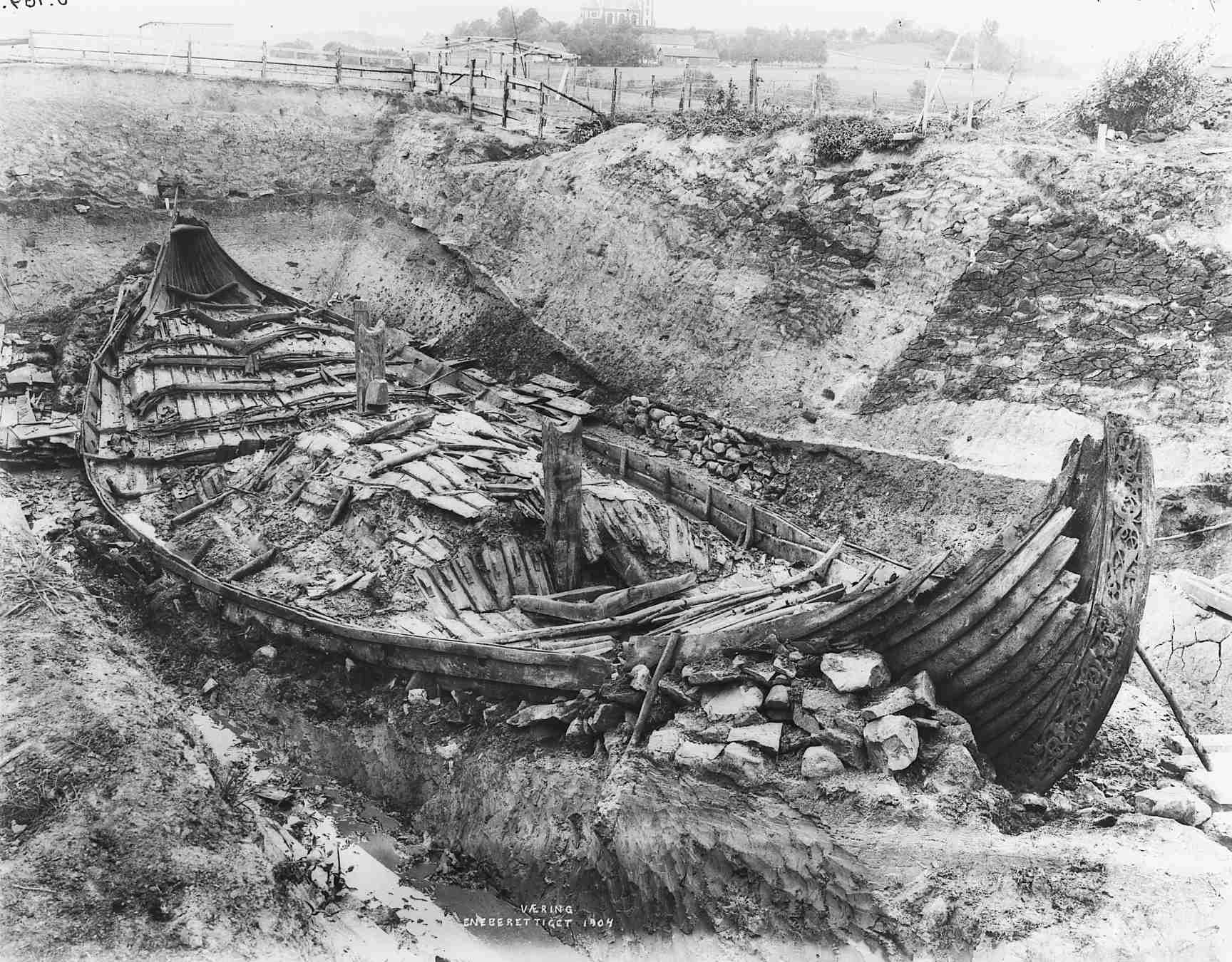
The Oseberg vessel measures approximately 22 meters in length and just over 5 meters in width. Additionally, the signals that resemble a ship are positioned at the center of the mound, precisely where the funerary ship was placed. This strongly suggests that this is, indeed, the burial ship.
The ship bears a resemblance to a Viking ship called the Storhaug ship, which was discovered in Karmøy in 1886. This discovery was associated with other findings from the excavation.
“Shetelig found a large circular stone slab in Salhushaugen, which may have been a sort of altar used for sacrifice. A very similar slab was found in the Storhaug mound as well, and this ties the new ship to the Storhaug ship in time,” Reiersen says.
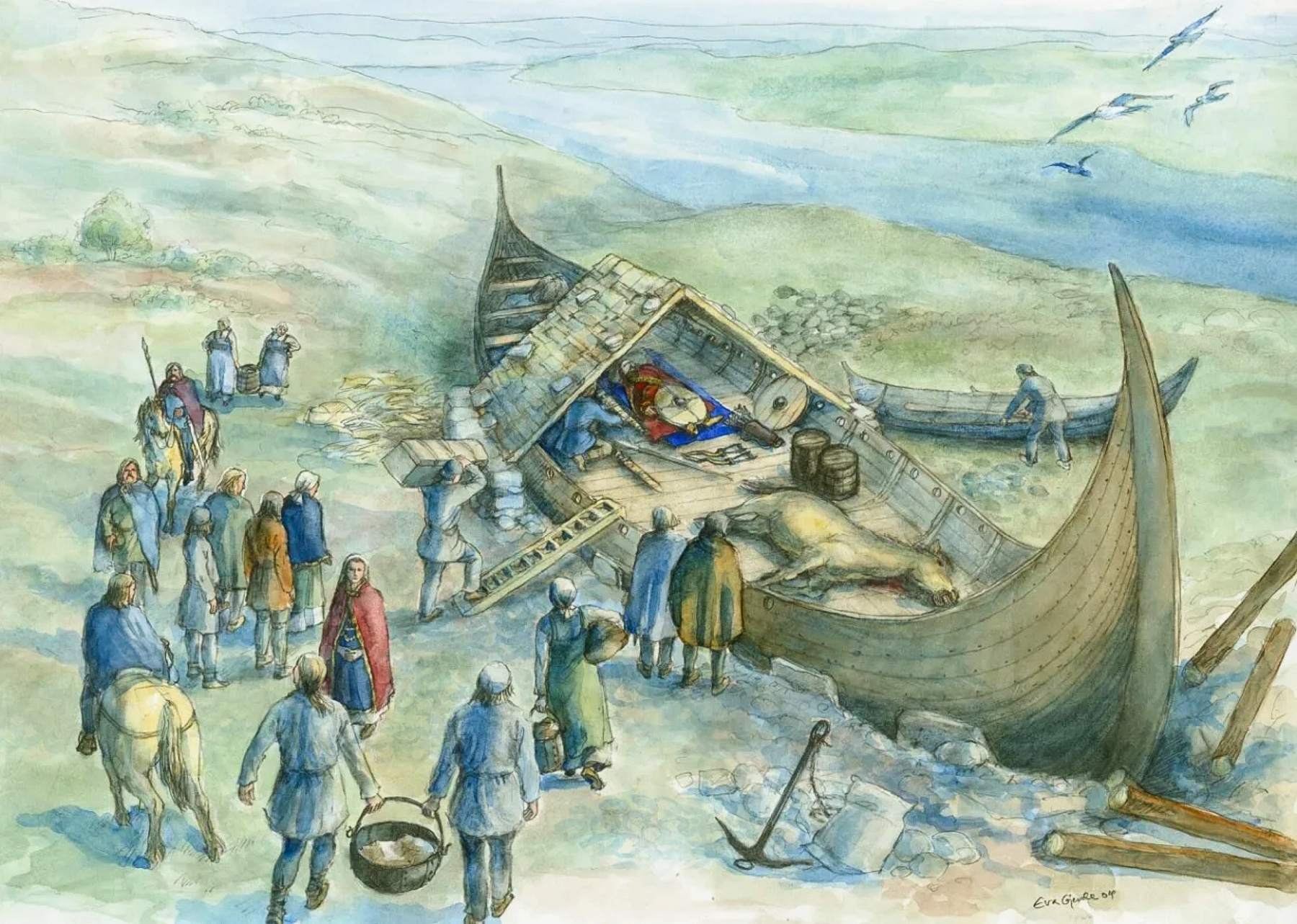
Thanks to this remarkable discovery, Karmøy, which has been a historical center of power for over 3000 years on Norway’s southwestern shores, can now pride itself on possessing three Viking ships.
The Storhaug ship is dated to 770 AD – and was used for a ship burial ten years later. The Grønhaug ship is dated to 780 AD – and was buried 15 years later. The most recent addition, the Salhushaug ship is yet to be confirmed and dated, but the archaeologists presume that also this ship is from the late 700s.
The archaeologists are planning on doing a verification excavation, to examine the conditions as well as perhaps get a more certain dating. “What we have seen so far is just the shape of the ship. When we open up, we may find that not much of the ship is preserved and what remains is merely an imprint,” says Reiersen.
In the bygone era, long preceding Shetelig’s excavation, the Salhushaug mound had an impressive circumference of approximately 50 meters and a towering height of 5-6 meters. Although much of it has diminished over time, a remnant plateau remains and is regarded as the most captivating aspect of the mound. Reiersen opines that the plateau still harbors undiscovered artifacts.
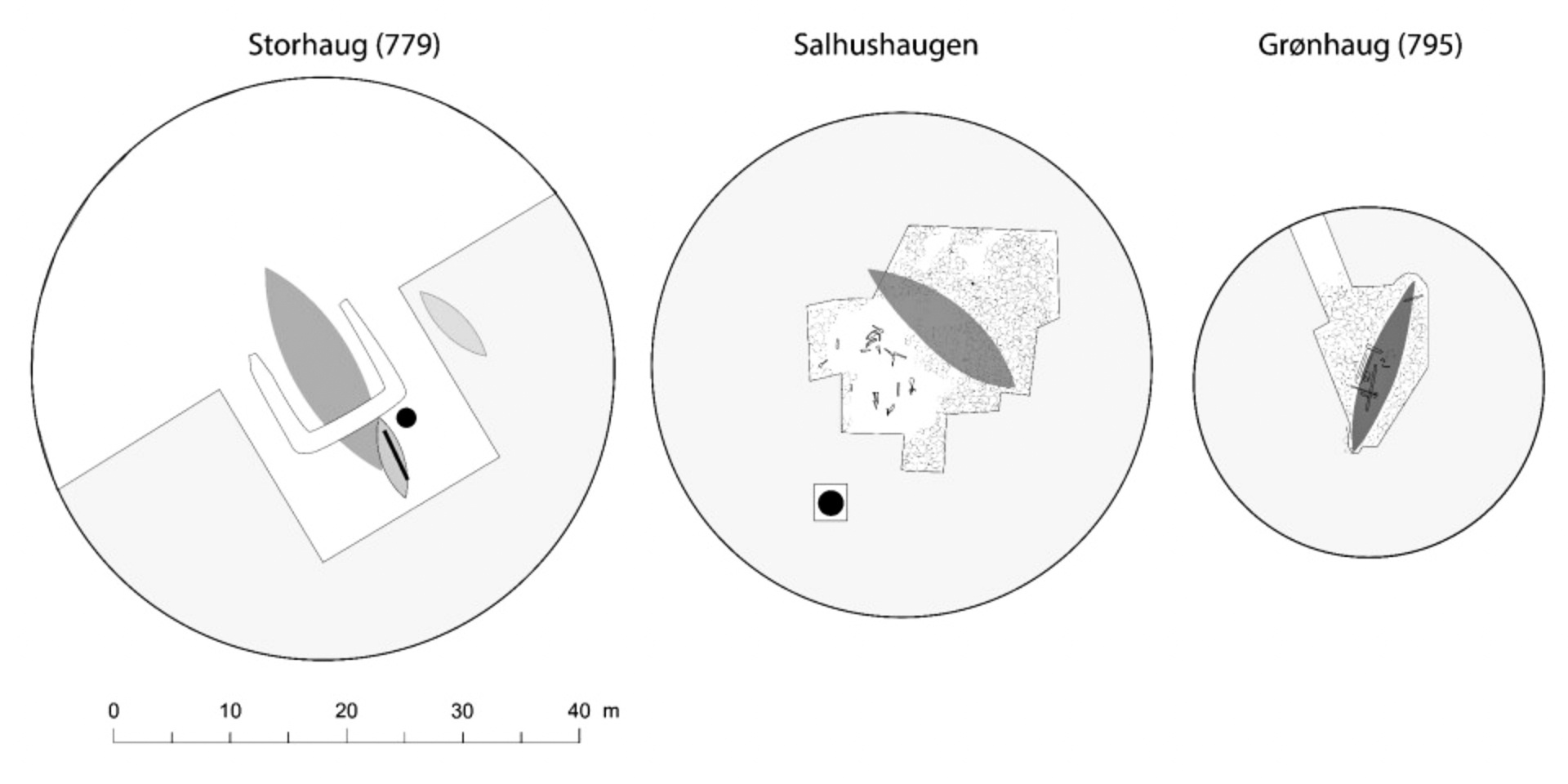
According to Reiersen, the presence of three Viking ship graves in Karmøy suggest that it was the residence of the earliest Viking kings. The Oseberg and Gokstad burials, which are renowned Viking ship sites, were unearthed roughly a century ago and have been dated to approximately 834 and 900, respectively.
Reiersen articulates that there exists no other gathering of ship burial mounds that surpasses the magnitude of this particular constellation. This specific location was the central hub of transformative developments in the early Viking Age. Reiersen posits that the tradition of Scandinavian ship graves was initially established here, and subsequently proliferated to other areas in the country.
The regional kings who ruled in this area controlled the ship traffic on the west coast. Ships were forced to sail through the narrow strait of Karmsund along what was known as Nordvegen – the way to the north. Which is also the origins of the name of the country, Norway.
The kings buried in the three Viking ships of Karmøy were a powerful bunch, in a part of Norway where power stood strong for thousands of years. The village of Avaldsnes in Karmøy was home to the Viking King Harald Fairhair, credited with uniting Norway around the year 900.
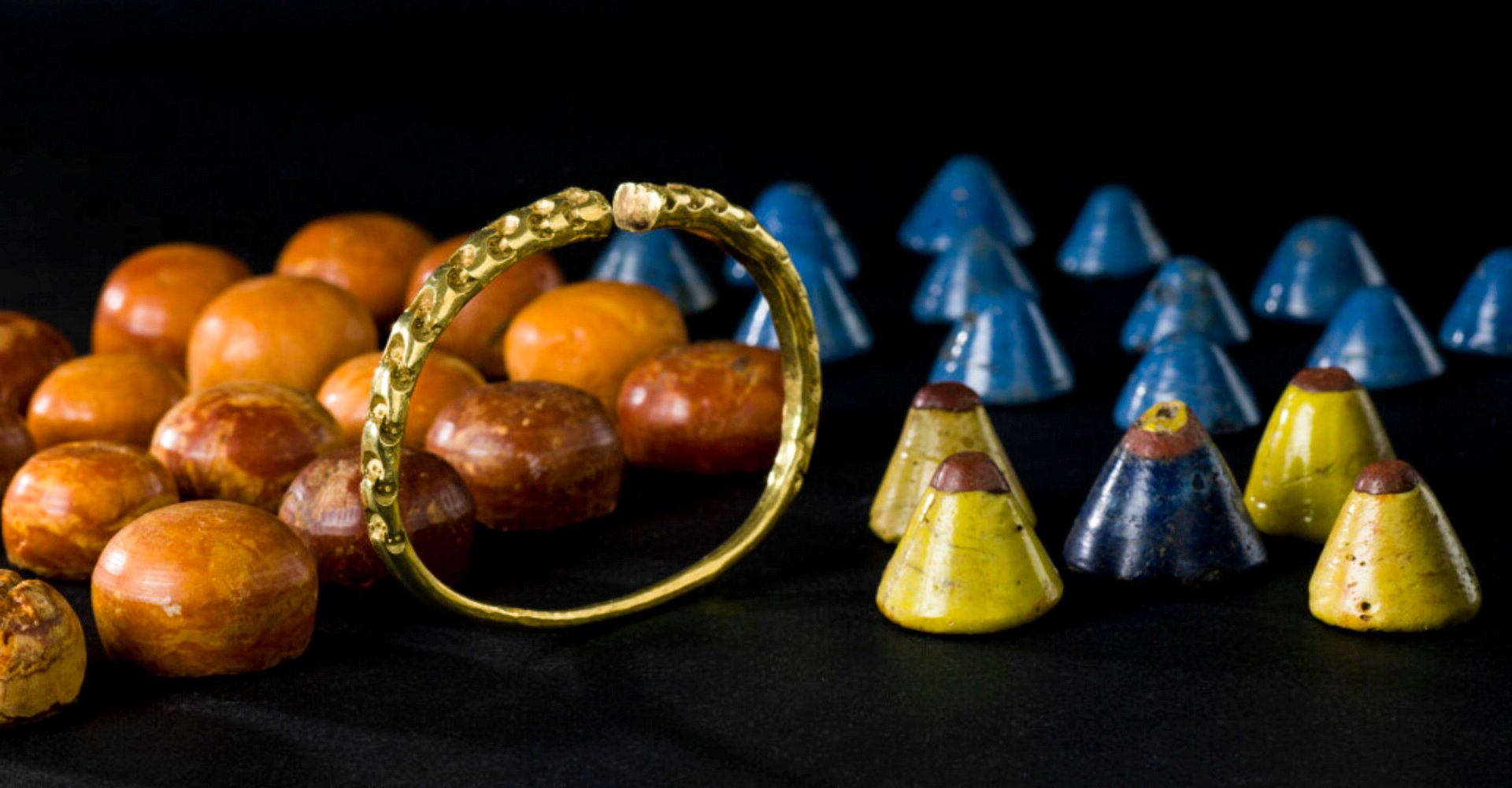
“The Storhaug mound is the only Viking Age grave from Norway where we have found a gold arm ring. It wasn’t just anybody who was buried here,” says Reiersen.




